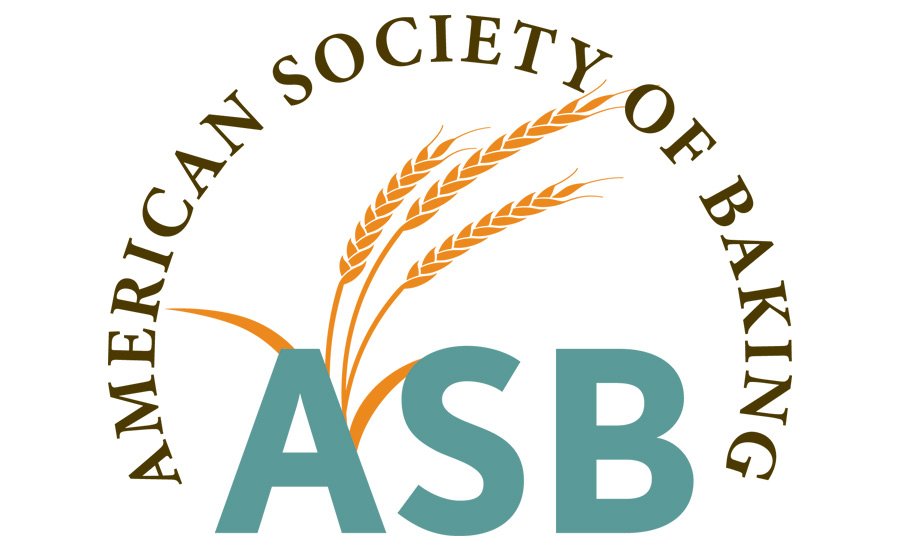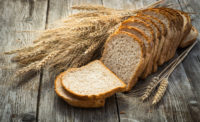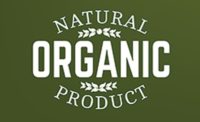As the “clean label” trend has evolved into a movement that’s clearly here to stay, the food industry has been challenged to respond to it in ways that resonate with consumers. Making that task more difficult is the fact that consumers’ ideas about what clean label is and whether it’s important vary so widely.
One of the few things we know for sure about all consumers is that they want choices, and their preferences run the gamut. Some want the same bread they grew up with, and have no interest in understanding its ingredients or how much sugar and sodium it contains. Others are paying close attention, looking for something that feels familiar or natural.
Clean-label shoppers tend to purchase food products they feel good about for reasons that go beyond the eating experience. Those reasons may have to do with what they believe is healthier, but not necessarily in terms of nutrition (e.g., fat, sugar and sodium content). Rather, the focus may be on avoiding specific food ingredients consumers believe may be harmful or unnecessary. The baking industry, specifically, has seen a 69 percent increase in products developed with cleaner labels and a 46 percent increase in reformulations that enable certain “free-from” claims.
Choices may also be based on a desire for products sourced in environmentally, ethically and socially sustainable ways, and transparency is valued more than ever. Research conducted by the Natural Marketing Institute shows that consumer demand for products perceived as “healthier” has expanded to include products that are also better for the environment. The data shows that 54 percent of millennials—and 45 percent of Gen Xers—consider the environmental impact of products before purchasing.
However, in addition to a desire for cleaner labels, product freshness, quality, taste, texture and consistency are still indispensable. That challenges bakers to do it all.
From the start, many bakers were averse to clean-label reformulation. After all, finding workable alternatives that could really match the efficacy of low-cost, tried-and-true ingredients was notoriously difficult. But focused innovation efforts in fermentation technology have been bringing increasingly effective options to the market in recent years.
Fermentation technology has been used to achieve natural preservation for thousands of years, and is accepted by consumers. Fermentation processes are a natural part of baking bread, contributing to flavor development and texture, and generating organic acids. In recent years, our ability to apply fermentation technologies with greater control has significantly advanced. As a result, we are now seeing clean-label alternatives emerge that rival the effectiveness of traditional solutions—and at a price point that makes these options viable.
Lactic acid solutions, for instance, give bakers an effective, clean-label way to control pH in their products and, at the same time, provide millers with another highly effective microbial hurdle against pathogens that enhances their food safety programs.
Functional enzyme blends—products of fermentation—have taken clean-label dough conditioning to new levels, delivering a variety of benefits and allowing bakers to remove less-friendly ingredients without sacrificing important product attributes like crumb texture. They provide emulsification, strengthening and increased tolerance, all of which contribute to improved dough development, processing efficiency, finished product quality, and greater stability over time.
Emulsifiers have become highly valued enablers of consistent product quality and production efficiency, playing a vital role in the development of high-speed baking. However, the names of most emulsifier products tend to confuse label-reading shoppers. With bakers under pressure to process faster than ever, reformulating with simpler ingredients in order to satisfy consumer demand just adds complexity to that challenge. Fortunately, as manufacturers make decisions about which ingredients are off-putting and which are acceptable to consumers, the emulsifier category does include alternatives you’ll never find on the Whole Foods “unacceptable” or Panera “no-no” lists.
Often, when removing unwanted ingredients from a formulation, emulsifiers make up for the functionality those ingredients provided. Tolerance, quality, dough handling and shelf stability are just a few of the factors bakers can control better thanks to emulsifiers. The consistency and shelf life they make possible reduce product waste and staling, which benefits the bottom line while reducing emissions and natural resource consumption. Although these benefits are not visible on product labels, they can contribute to a brand’s reputation for transparency and sustainability—something important to conscience-driven shoppers.




